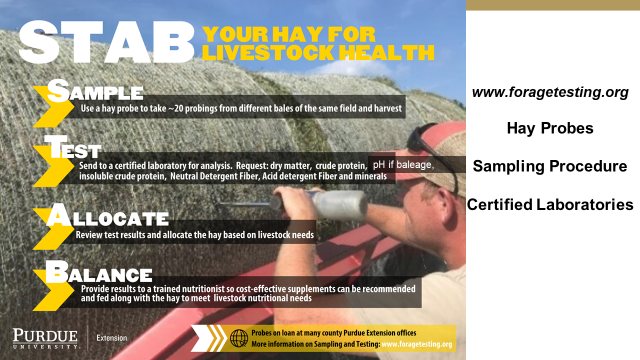
Hay harvest should be coming to a close for another year.

Hay harvest should be coming to a close for another year.
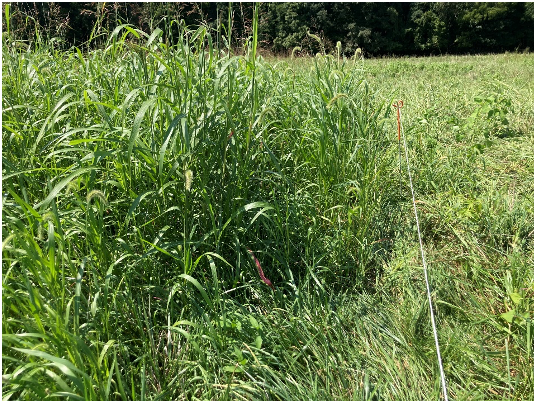
Hard to believe, but fall and cooler temperatures will be here in less than a month.

After four decades as Purdue University’s Forage Extension Specialist, there is one forage production practice recommendation that draws my ire and has become a major pet peeve; so much that every time the recommendation is offered I think I lose another hair follicle on my head and legs.
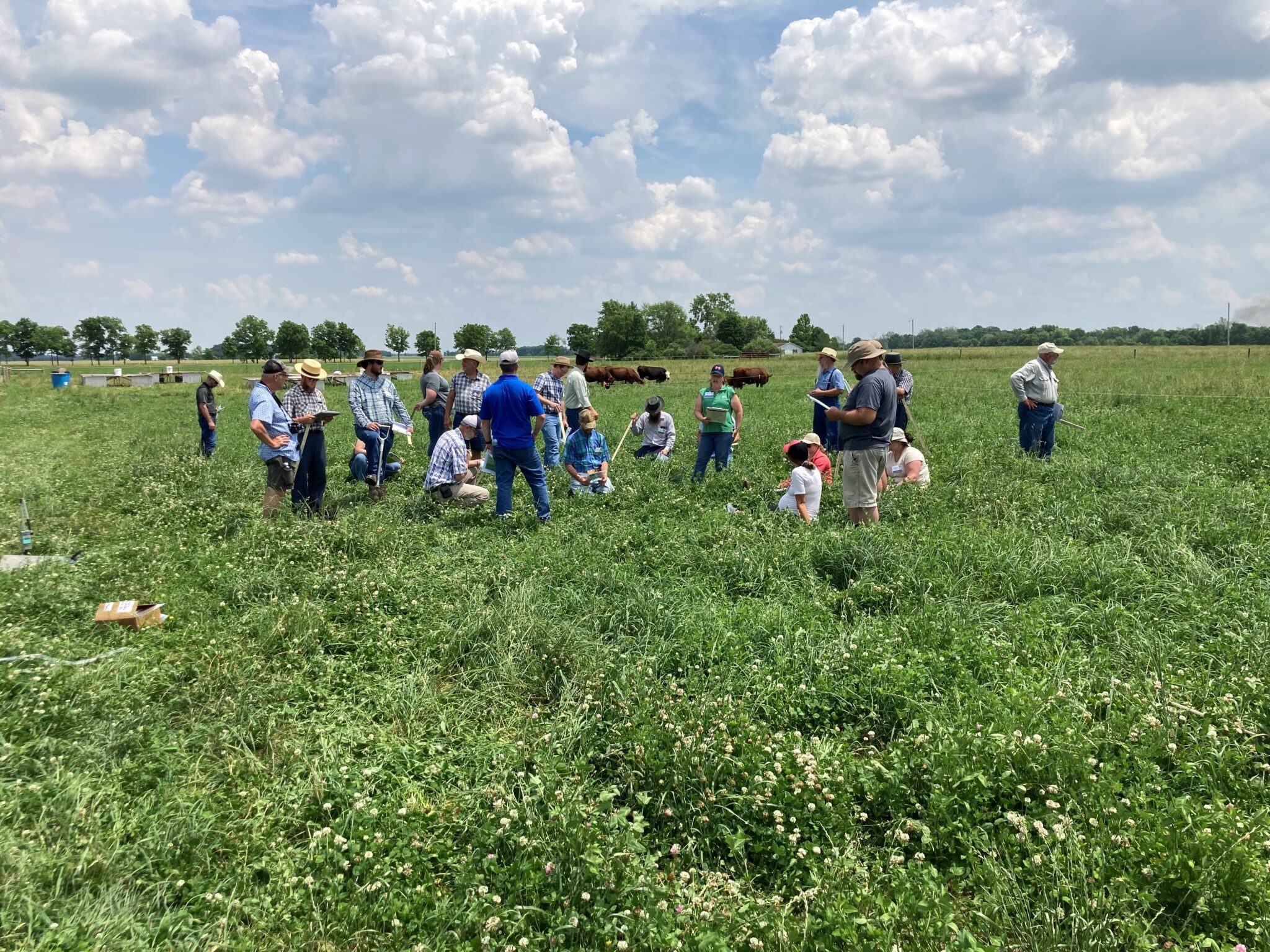
The Purdue University Crop Diagnostic Training and Research Center is offering a daylong program at the Feldun-Purdue Agricultural Center located just west of Bedford on Thursday September 1.
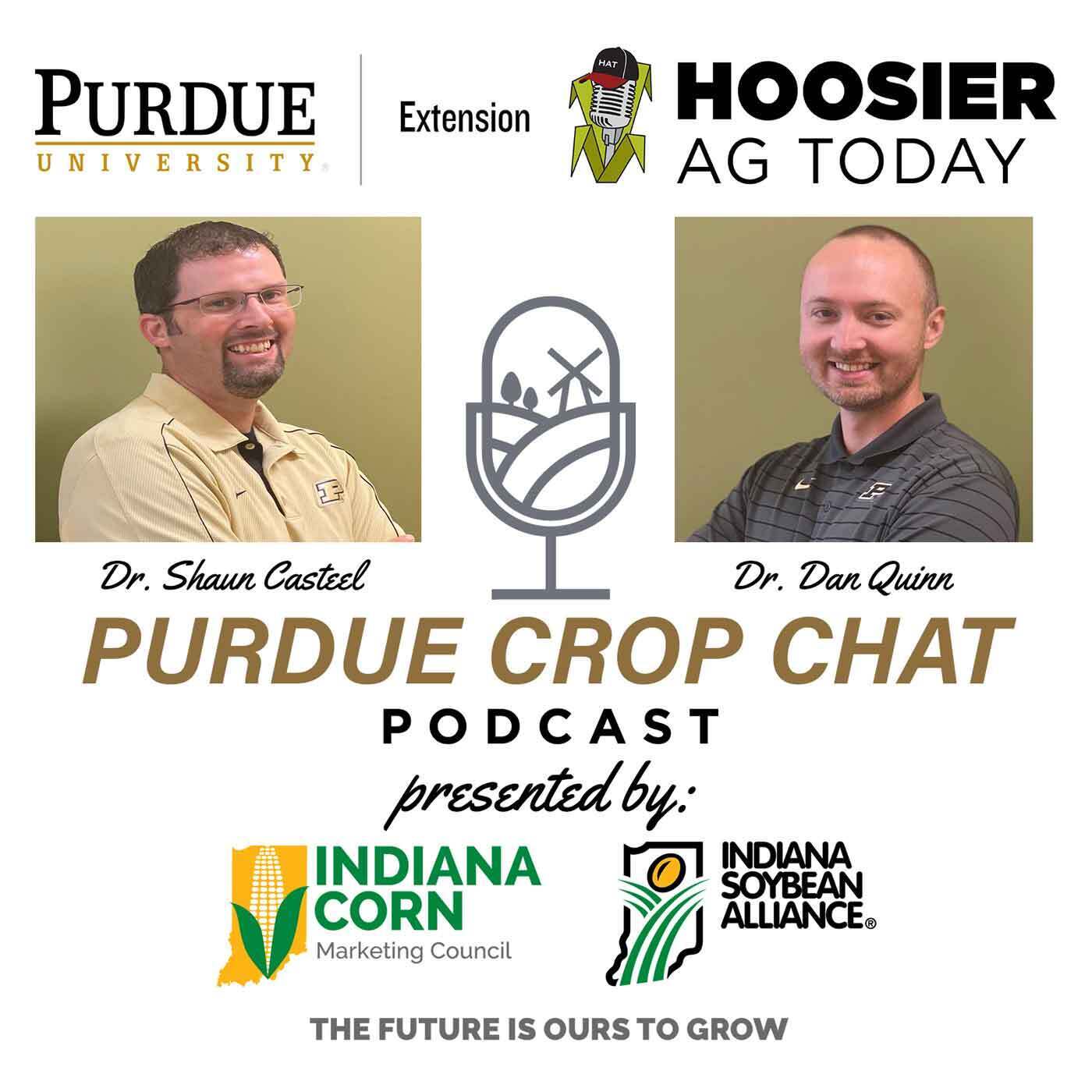
On this episode of the Purdue Crop Chat Podcast, Purdue Extension Soybean Specialist Shaun Casteel and Corn Specialist Dan Quinn welcome Indiana State Climatologist Beth Hall to discuss the weather extremes farmers have faced and might continue to face this season.
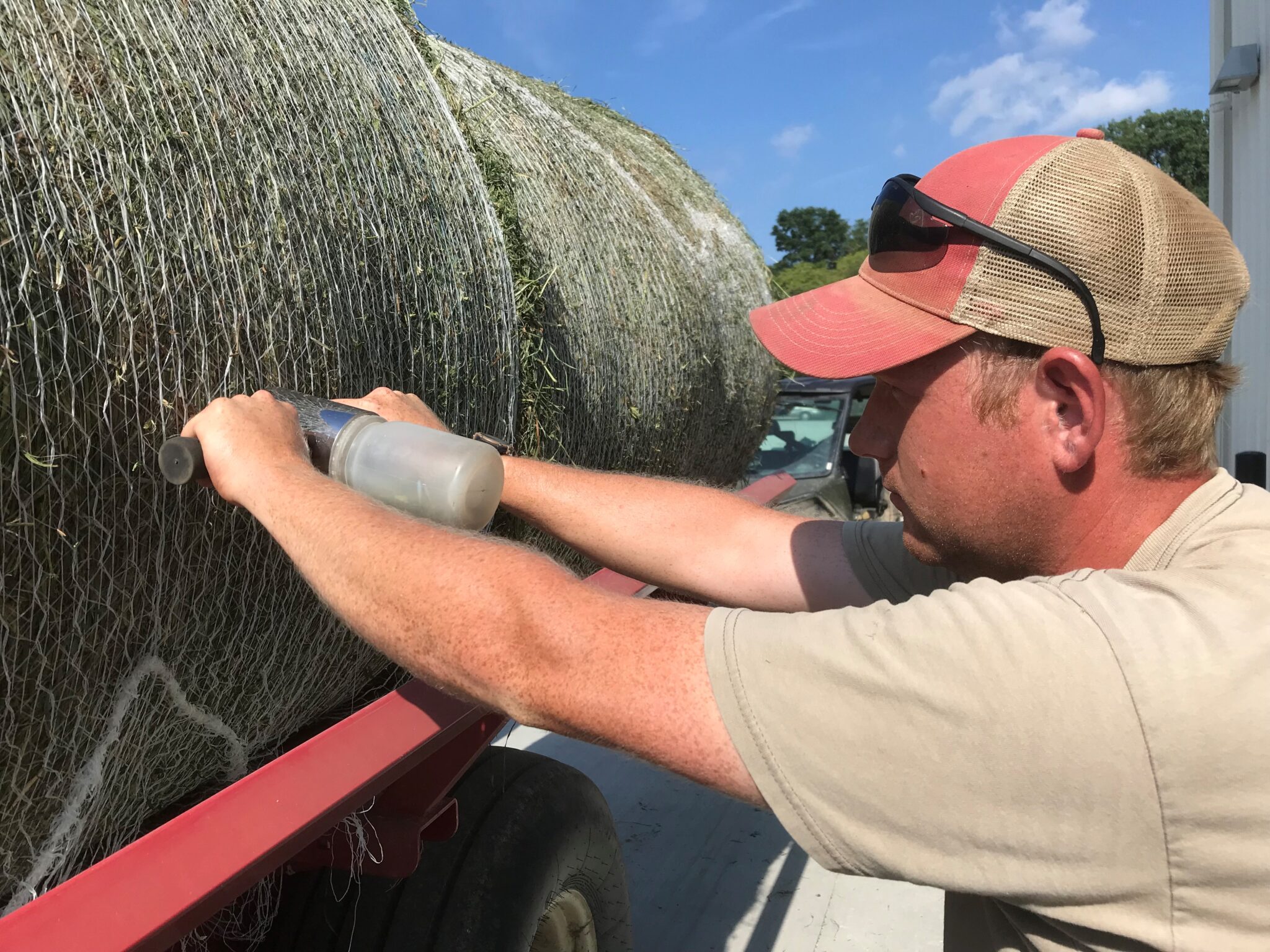
Brad Shelton, Feldun-Purdue Agricultural Center Superintendent, informed me of high nitrate values in sorghum-sudangrass that were reported on a forage analysis.
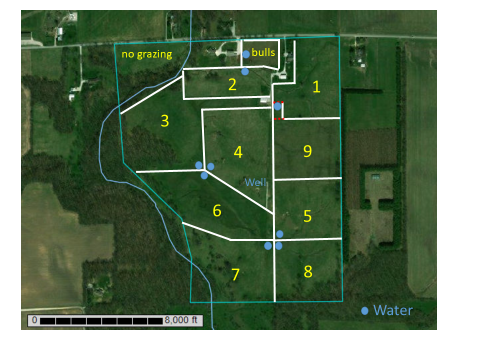
What does the word “stockpile” mean to you?
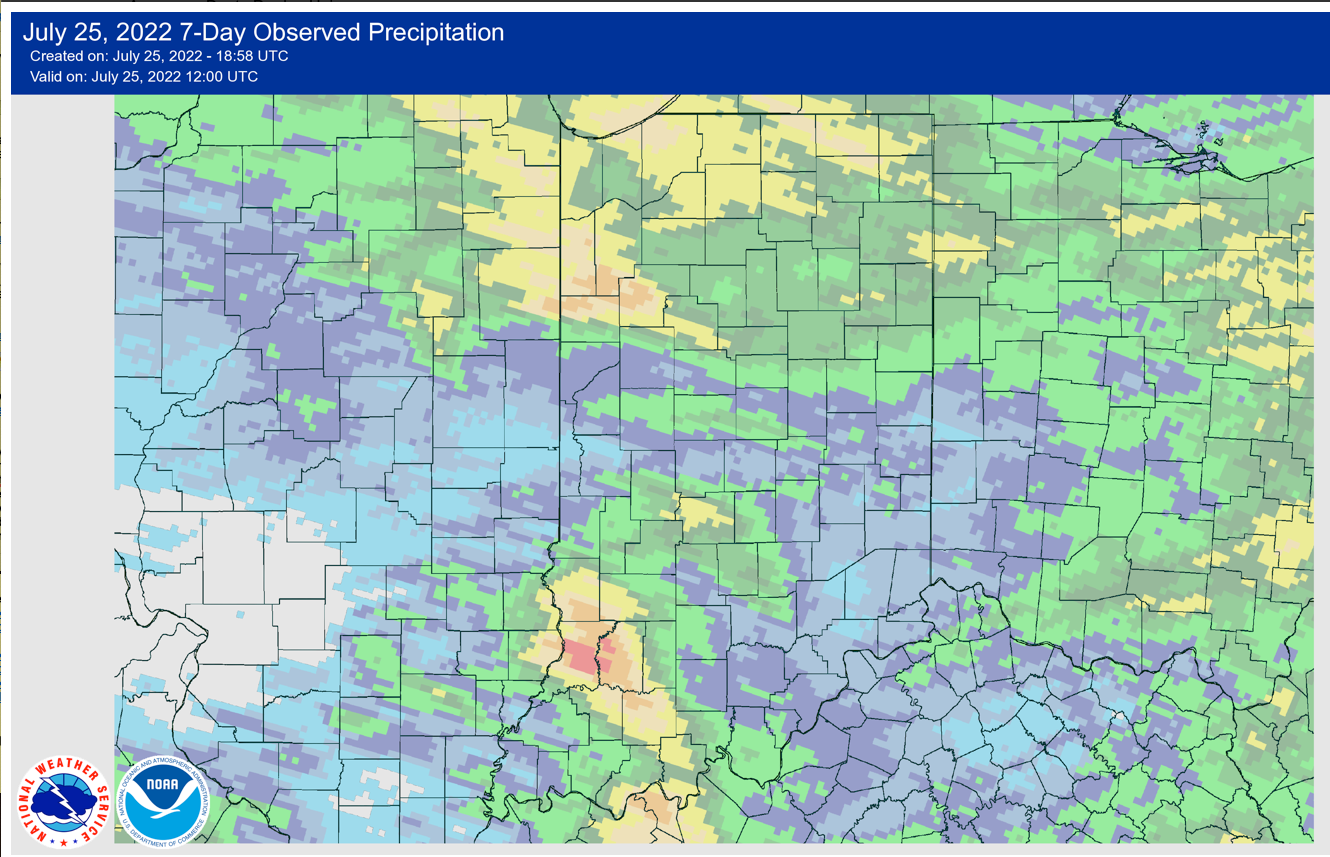
Excessive rainfall events (aka “goose-drownders”, “toad-stranglers”) that occur late in the growing season can cause flooding of rivers, creeks, and streams as well as ponded areas within fields distant from floodwaters.

On this episode, Shaun and Dan discuss current crop conditions and concerns they have moving forward.

Many professions must invest in tools specific to their trade to be successful. Besides the typical tools of wrenches, screwdrivers, chisels and hammers, what other items or gadgets would be helpful to be a successful forage producer?
© 2025 Purdue University | An equal access/equal opportunity university | Copyright Complaints | Maintained by Pest&Crop newsletter
If you have trouble accessing this page because of a disability, please contact Pest&Crop newsletter at luck@purdue.edu.